Peter Paul Rubens: Peter Paul Rubens was a Flemish painter who lived during the Baroque period of art. He is widely regarded as one of the greatest painters of all time and his works continue to inspire and influence artists to this day. Rubens’ paintings are characterized by their bold use of color, dramatic lighting, and dynamic composition. In this article, we will explore the life and work of this legendary artist.
Peter Paul Rubens Early Life:
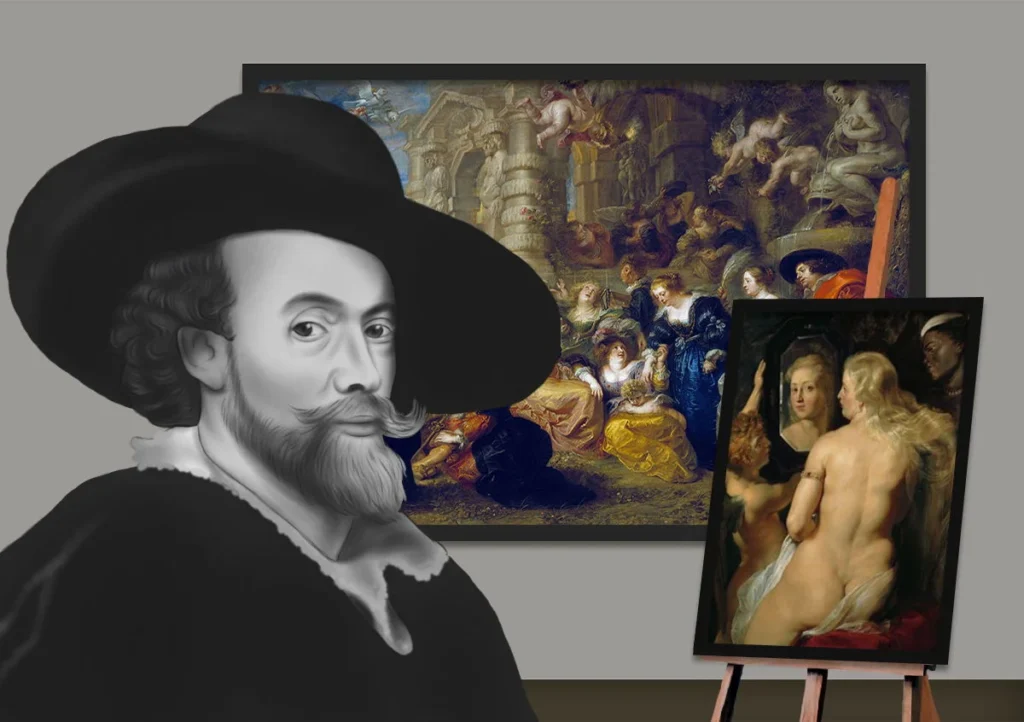
Peter Paul Rubens was born in Siegen, Germany in 1577. His father, Jan Rubens, was a lawyer and his mother, Maria Pypelincks, was the daughter of a successful merchant. The family moved to Antwerp when Rubens was a young child, and it was there that he would spend most of his life.
Rubens received a classical education and he showed an early talent for art. He studied under several artists in Antwerp, including Otto van Veen, who taught him the principles of Baroque art. In 1600, Rubens traveled to Italy, where he spent several years studying the works of the great Italian Renaissance masters, such as Titian, Michelangelo, and Raphael.
Peter Paul Rubens Career:
Upon returning to Antwerp in 1608, Rubens established his own studio and quickly gained a reputation as a skilled painter. He received many commissions from wealthy patrons and his works were in high demand.
Rubens’ paintings often featured mythological or biblical themes, and he was particularly skilled at depicting dramatic and emotional scenes. His use of color was bold and vibrant, and his figures were often depicted in dynamic poses.
In addition to his work as a painter, Rubens was also a diplomat and a courtier. He was appointed as court painter to Archduke Albert of Austria and his wife, Isabella Clara Eugenia, who were the rulers of the Spanish Netherlands. Rubens also served as a diplomat for the Spanish crown, negotiating several treaties between Spain and England.
Peter Paul Rubens’ Legacy:
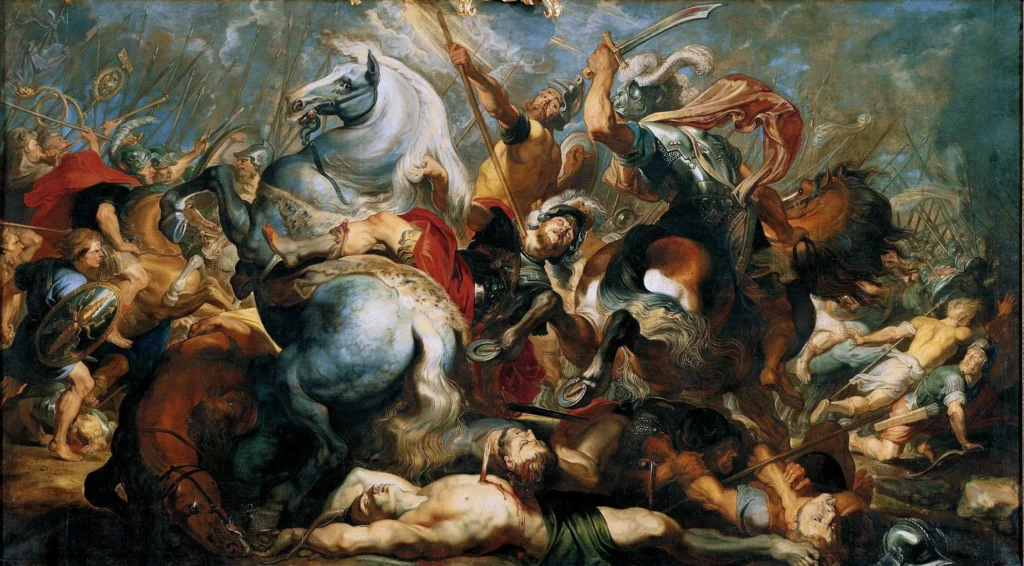
Rubens died in Antwerp in 1640 at the age of 62. He left behind a legacy of great works of art that continue to be admired and studied to this day.
Rubens’ influence on the art world can be seen in the works of many other artists, including Rembrandt, Van Dyck, and Velazquez. His use of color and his mastery of composition have had a lasting impact on the art of painting.
Rubens’ works can be seen in museums and galleries around the world, including the Louvre in Paris, the Prado in Madrid, and the National Gallery of Art in Washington D.C. Some of his most famous works include “The Descent from the Cross,” “The Garden of Love,” and “The Three Graces.”
Peter Paul Rubens was a true master of the Baroque period of art. His works are known for their bold use of color, dramatic lighting, and dynamic composition. Rubens’ influence on the art world can still be felt today, and his legacy as one of the greatest painters of all time continues to inspire and influence artists around the world.
Read Also: Traditional Art and Craftsmanship
![]()


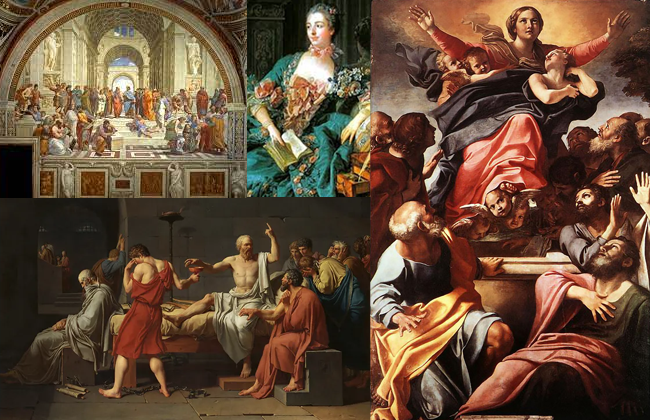
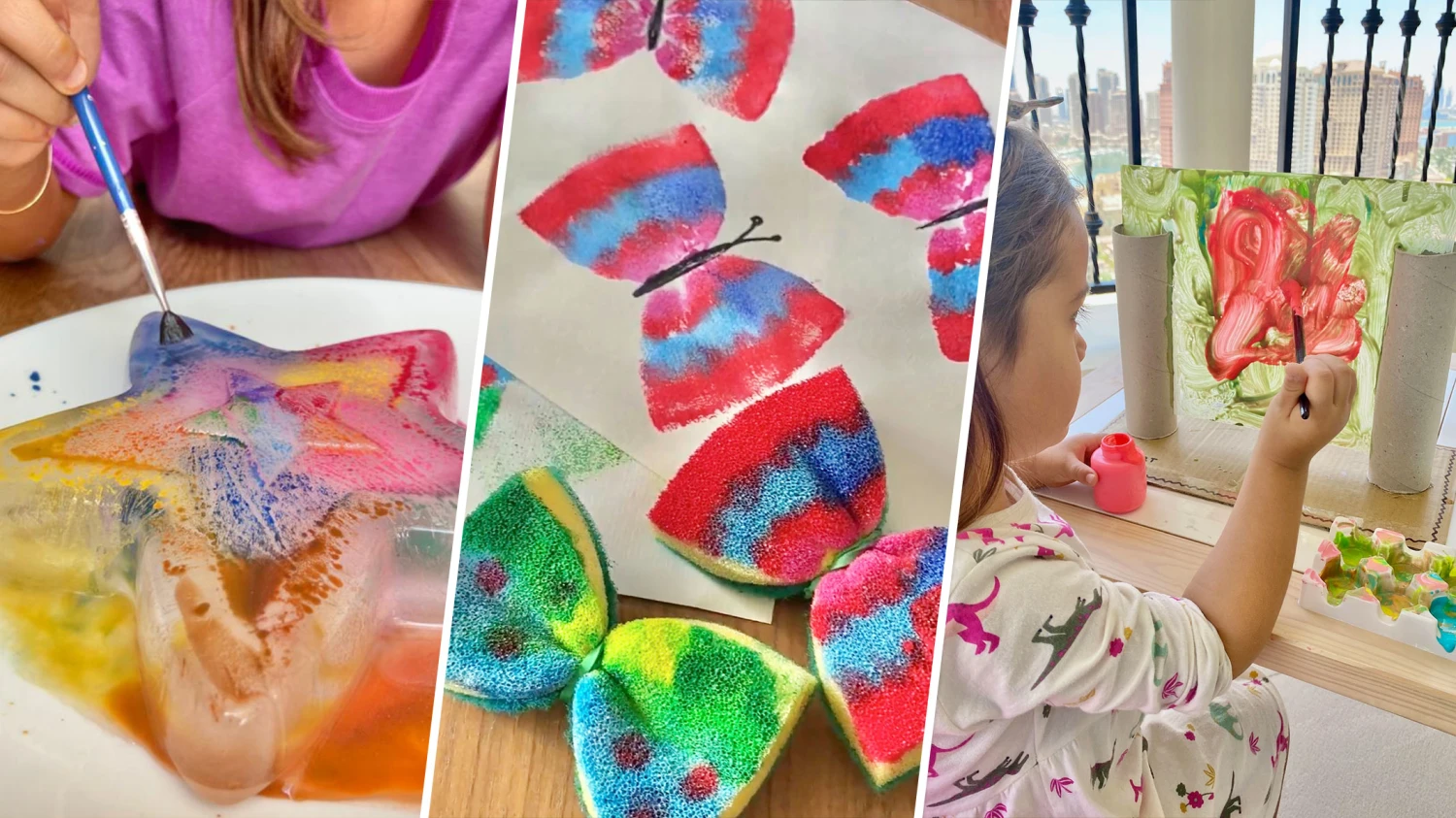

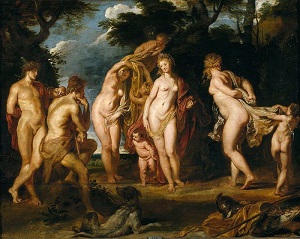
One thought on “Peter Paul Rubens”